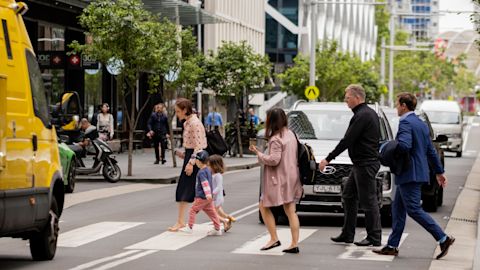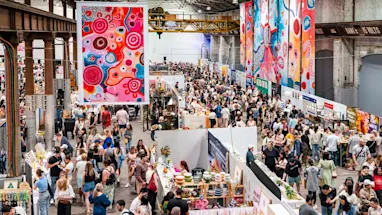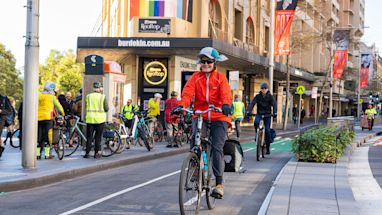We’re adding 40km/h speed limits across the City of Sydney area to make the streets safer for everyone.
40km/h speed limits now apply to around 277km of streets across the city, with more to come.
Studies show that reducing speed limits from 50km/h to 40km/h can reduce fatalities or serious injuries in people walking by a third.
Since we brought 40km/h speed limits to the city centre, we’ve seen rates of serious casualty crashes reduce by half.

A vehicle travelling at 50km/h is twice as likely to kill someone they hit, than a vehicle travelling at 40km/h.
Safety outcomes for people riding bikes are also better. A vehicle travelling at 60km/h is 3 times as likely to kill a bike rider than a vehicle travelling at 40km/h.

40km/h speed limits have recently been introduced on Oxford Street, which is the most popular bike route in the city, with over 2000 bike trips daily.
Moore Park Road, where a pop-up cycleway was installed in 2020, also now has a 40km/h speed limit.
Stopping distances at lower speeds are much shorter. At 40km/h it takes 17 metres for a normal driver to react and a further 9 metres to stop – a total stopping distance of 26 metres. But a vehicle travelling at 50km/h has a greater stopping distance of 35m.
Slower speed limits don’t mean travel times will be longer.
City of Sydney road safety officer, Peter Wright, says speed limits are rarely what determines your total travel time.
“Travel times are most influenced by traffic volumes and frequent stopping at intersections and traffic lights,” Peter said.
Even better, slower traffic produce less noise and fewer emissions – a great way to improve our city streets for everyone.


